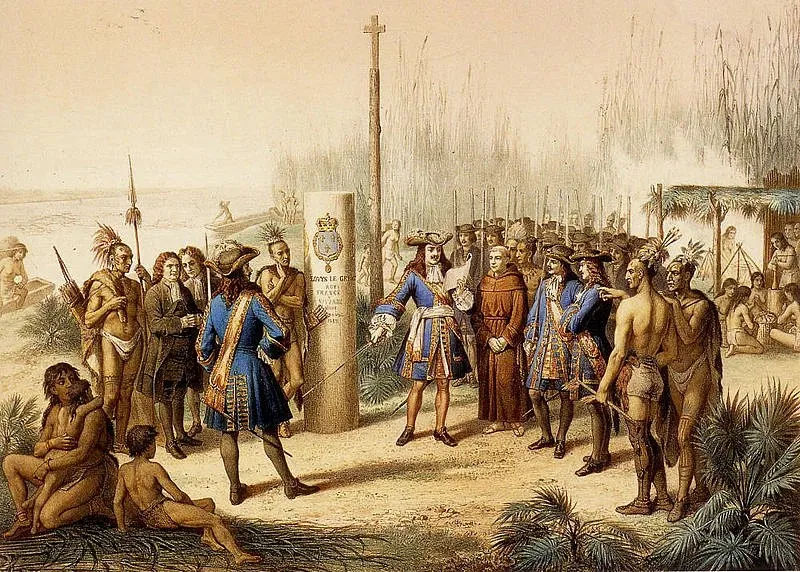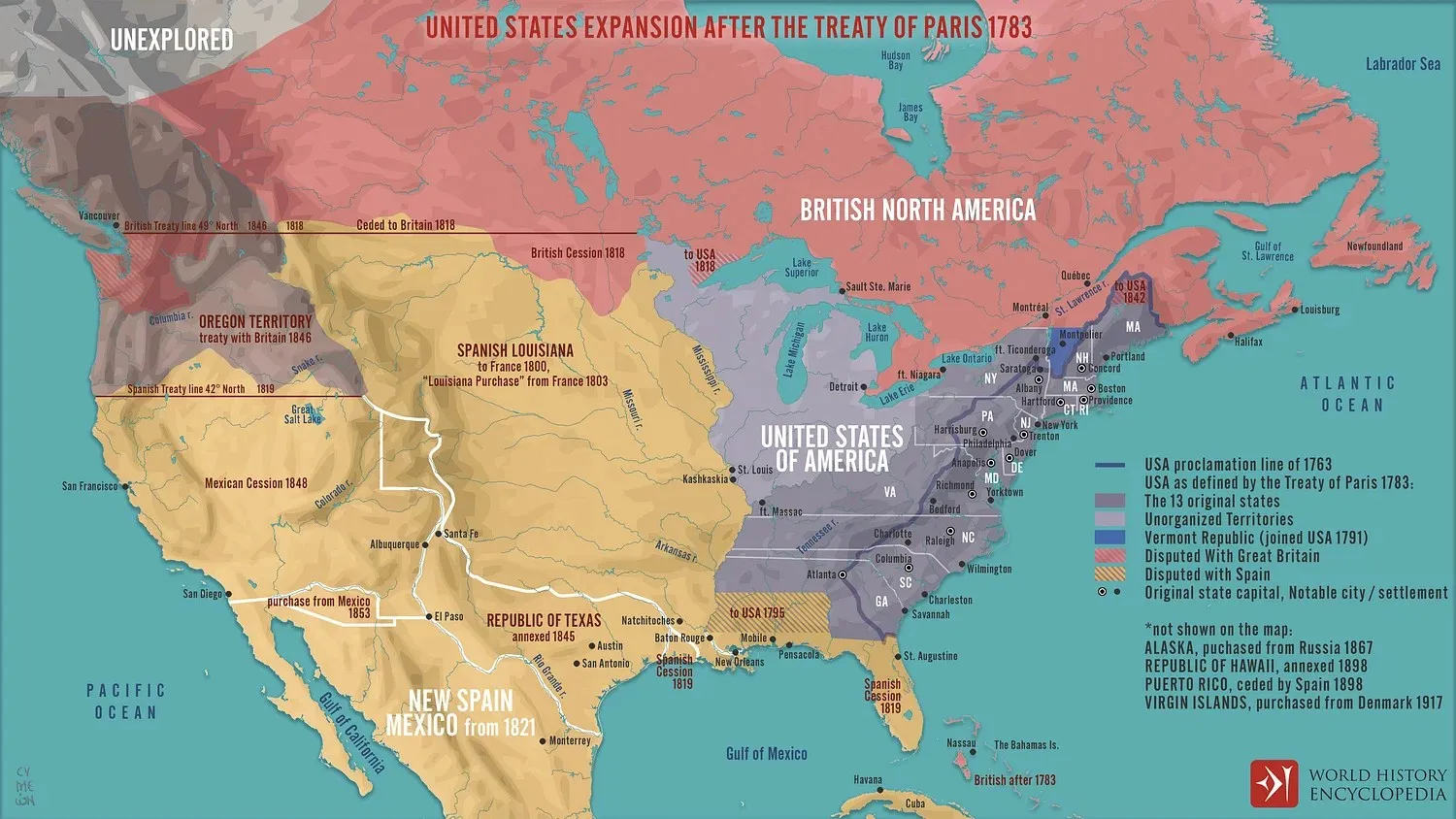Louisiana, the legendary land along the Mississippi River, is not only famous for its jazz music and distinctive Cajun cuisine, but also as a living history book of international trade. From the first footsteps of the French and Spanish to the landmark Louisiana Purchase with the United States, Louisiana has witnessed shifts in power and the rise of a nation. Exploring Louisiana’s trade history is a journey back in time, where we learn about the people, events, and decisions that shaped this land.
Louisiana Territory: A Crossroads of Empires
In the 17th century, French explorer René-Robert Cavelier, Sieur de La Salle, set foot on this land and claimed it for France, naming it Louisiana in honor of King Louis XIV. However, initial efforts to establish a solid colony faced many difficulties. It was not until 1718 that the city of New Orleans was founded, quickly becoming an important seaport, trading in timber, agricultural products, and furs.

Nevertheless, Louisiana was not yet fully exploited. By the mid-18th century, when the Seven Years’ War broke out, France was forced to cede Louisiana to Spain. Under Spanish rule, Louisiana served as a buffer zone between the United States and the colony of New Spain (Mexico). The Treaty of San Lorenzo in 1795 allowed Americans free navigation and trade on the Mississippi River, paving the way for increased US influence in the region.
From Spain Back to France: A Fateful Turning Point
In 1800, a secret agreement changed the landscape: Spain ceded Louisiana back to France under the Treaty of San Ildefonso. Napoleon Bonaparte, France’s ambitious leader, planned to turn Louisiana into a food supply source for its Caribbean colonies. However, a key clause in this treaty prohibited France from selling or transferring Louisiana to a third country.
In October 1802, the official transfer took place, causing concern for the United States. Spain revoked the right of deposit for American goods in New Orleans, seriously threatening the US economy. President Thomas Jefferson worried about the presence of a powerful nation like France in the region, especially as New Orleans was a crucial trade gateway.
The Louisiana Purchase: A Historic Gamble
Faced with the threat of war, Jefferson decided to pursue diplomacy, sending James Monroe to France to negotiate the purchase of New Orleans. Meanwhile, Napoleon was facing a slave revolt in Saint-Domingue (Haiti), France’s most important colony. This revolt, along with disease, had severely weakened the French army.

Realizing Louisiana was no longer of strategic value, Napoleon decided to sell the entire territory to the United States. In April 1803, Monroe arrived in Paris and was unexpectedly offered the entire Louisiana Territory for $15 million. Despite exceeding his budget, Monroe and Ambassador Robert R. Livingston recognized this as a once-in-a-lifetime opportunity.
Napoleon had his own reasons. He needed money to prepare for war against Britain, and selling Louisiana to the United States would create a counterweight to British naval power. On May 2, 1803, the Louisiana Purchase Treaty was signed, marking a historic turning point.
Profound Consequences and Far-Reaching Impacts
The Louisiana Purchase had profound impacts on the United States. The national territory doubled, opening up opportunities for westward expansion. Control of the Mississippi River and the port of New Orleans was secured, boosting trade and the economy. However, the purchase also sparked controversy over its constitutionality and increased conflicts with Native Americans.
Expanding Frontiers and Exploring the West
Territorial expansion fueled westward expeditions, most notably the Lewis and Clark Expedition. These expeditions provided crucial information about geography, resources, and indigenous populations, facilitating exploitation and settlement.
Shaping Borders and Great Power Status
The Louisiana Purchase also played a key role in shaping the borders of the United States with Spain and Britain. Subsequent treaties clearly defined borders and solidified the United States’ position on the international stage.
Economic Development and Asserting Dominance
New Orleans continued to be an important commercial center, driving the development of agriculture, especially cotton cultivation in the South. Abundant economic resources helped the United States industrialize and build infrastructure. In foreign relations, the United States became a power to be reckoned with by European nations.
Conclusion: Legacy of a Landmark Deal
The Louisiana Purchase was a historic turning point, not only for the United States but also for the world. It was the result of the intersection of great powers, political calculations, and bold decisions. The legacy of this purchase is still present today, in the cultural diversity, economic development, and great power status of the United States. Exploring Louisiana’s trade history is a journey into the past, to better understand the present and the future.